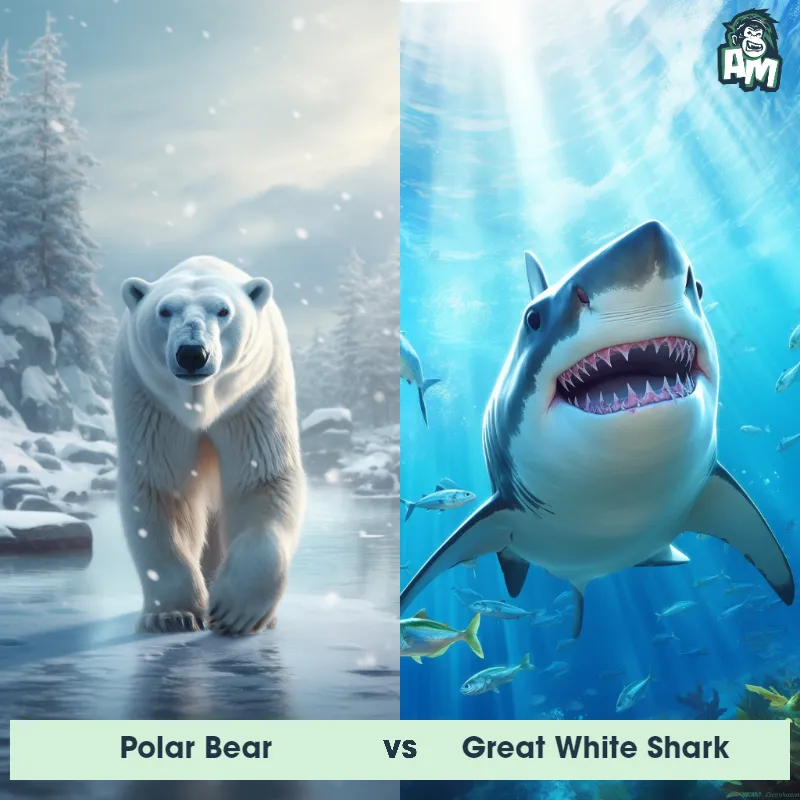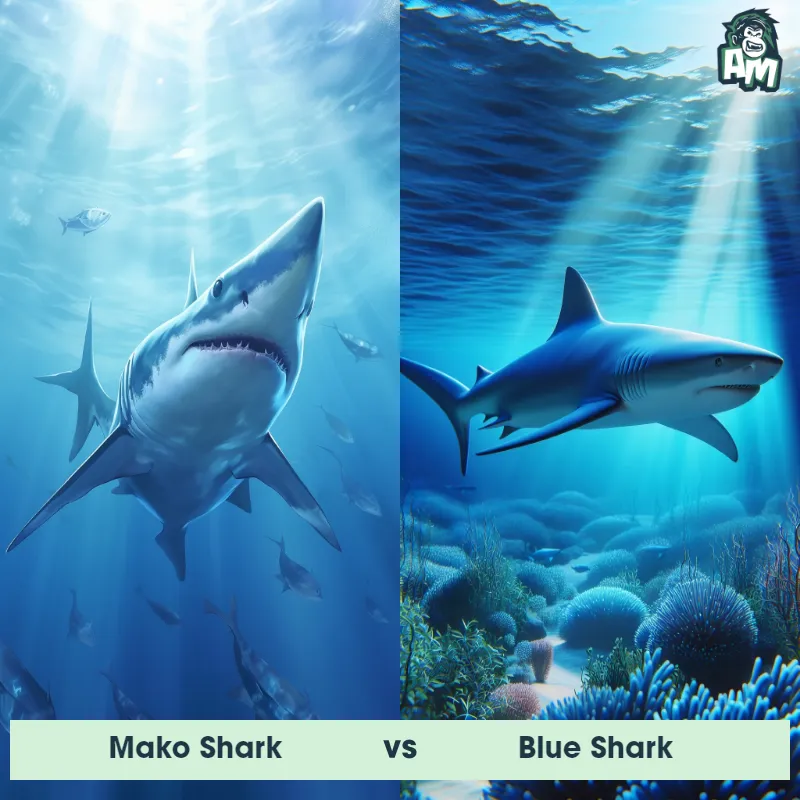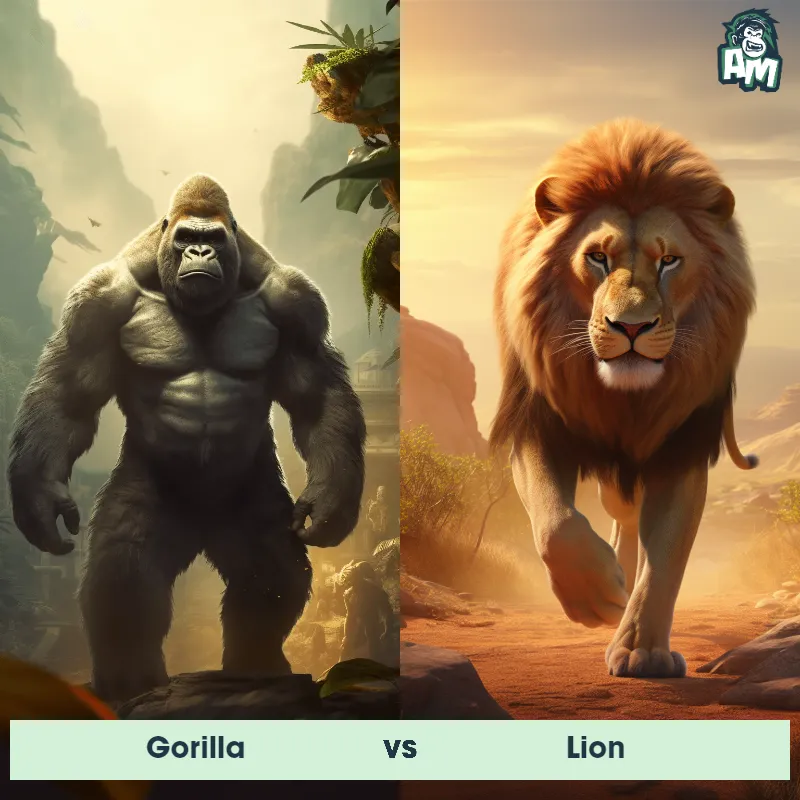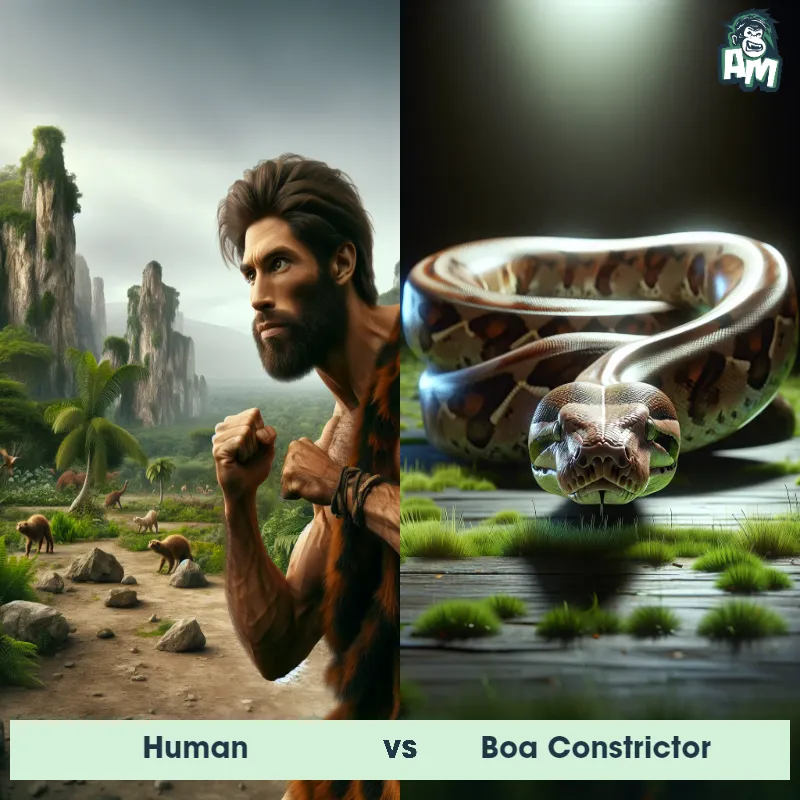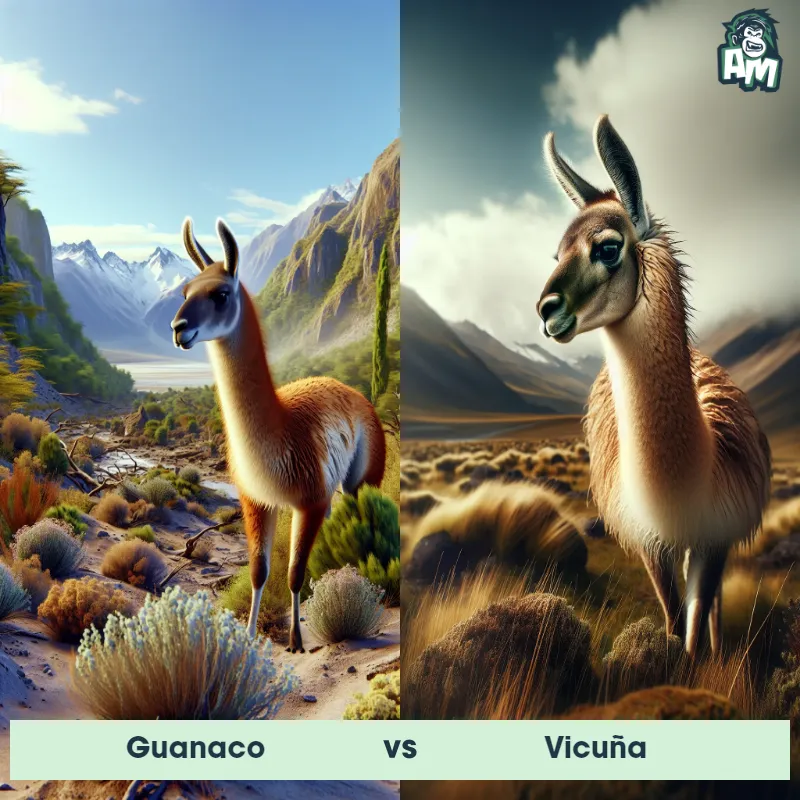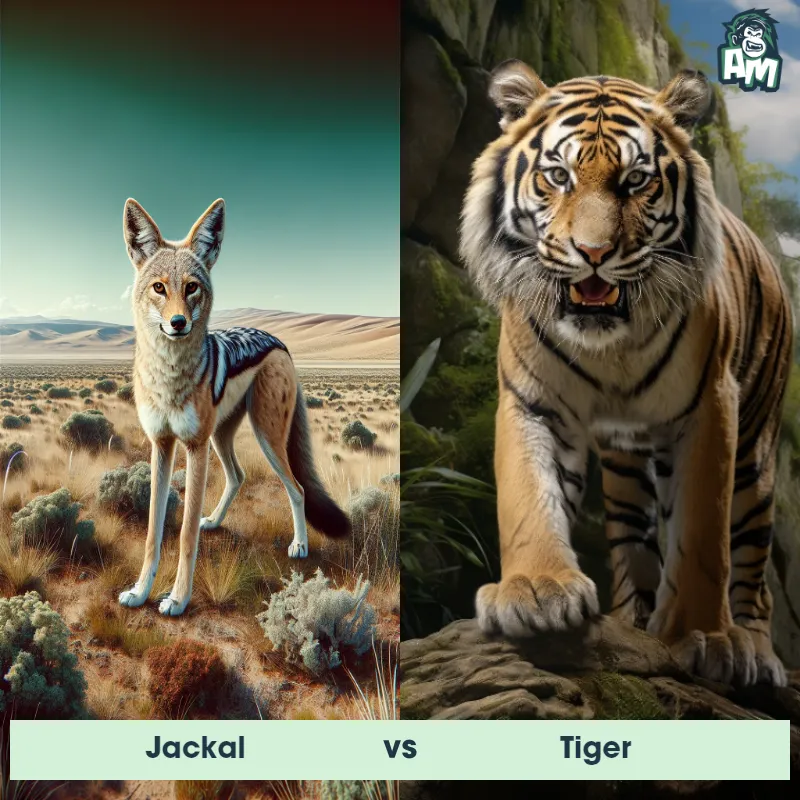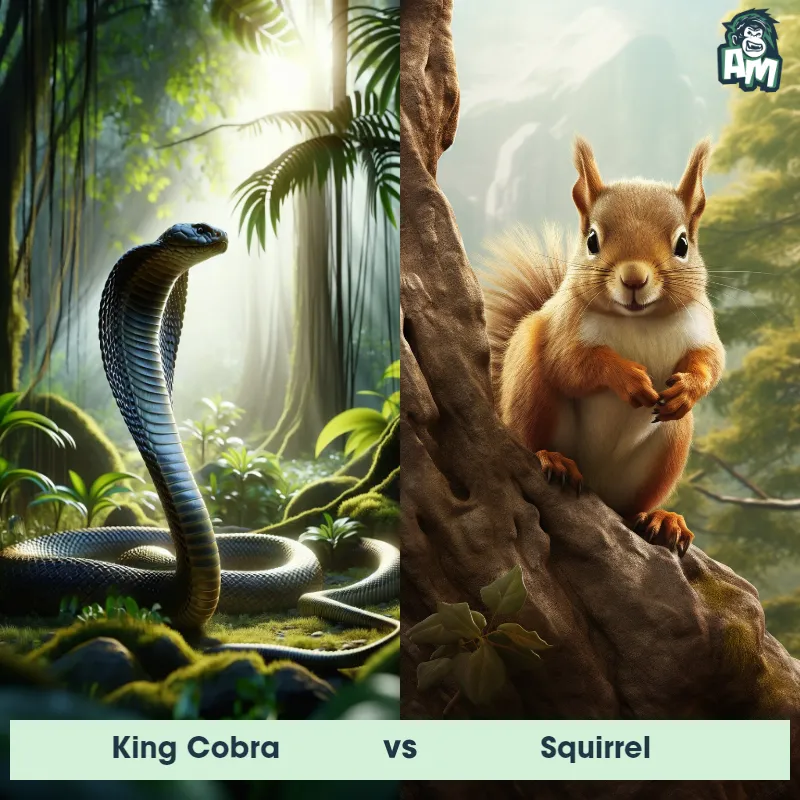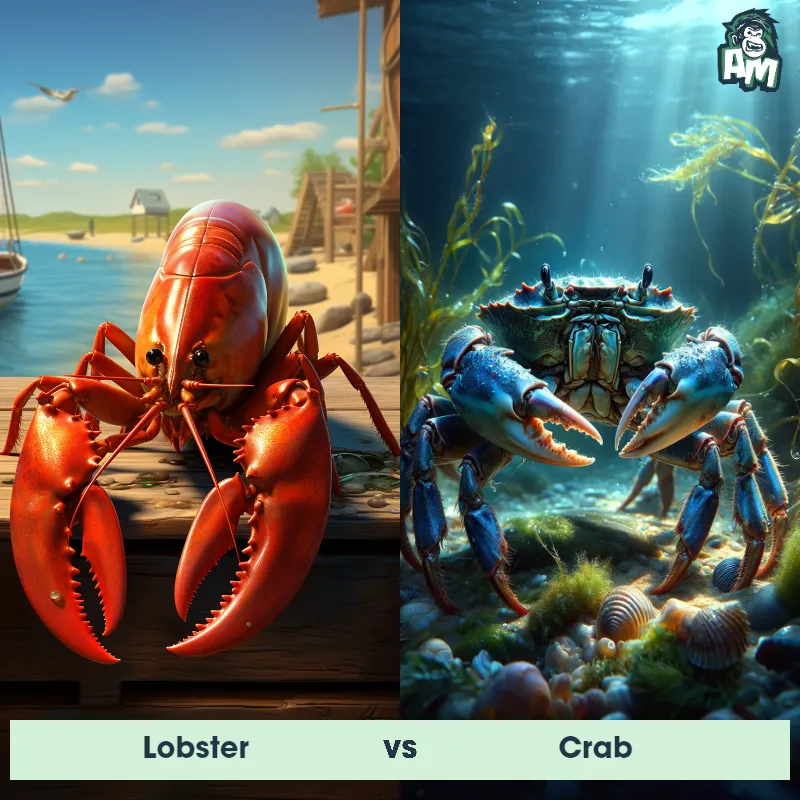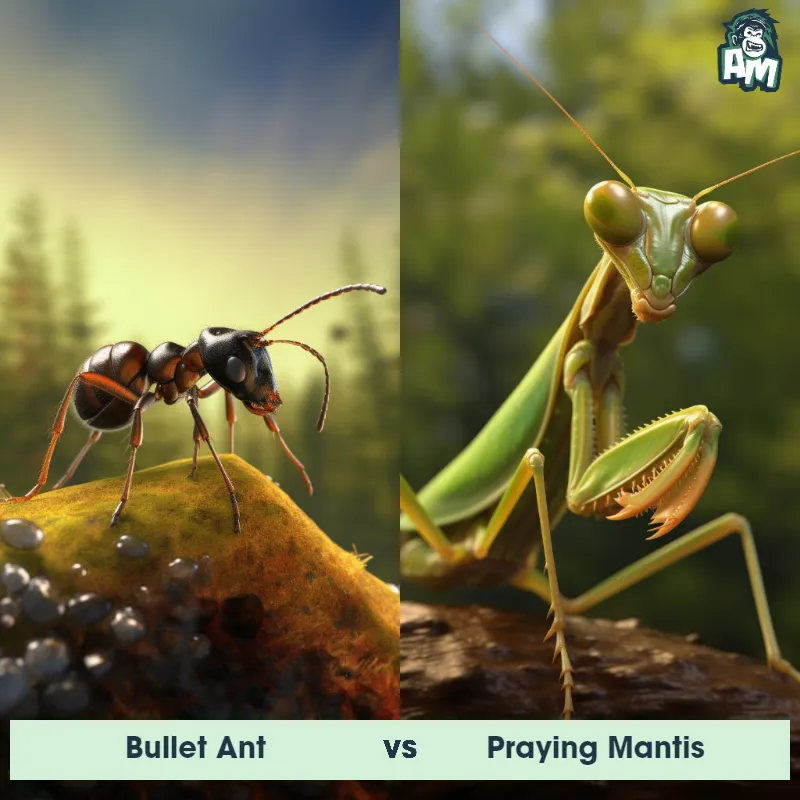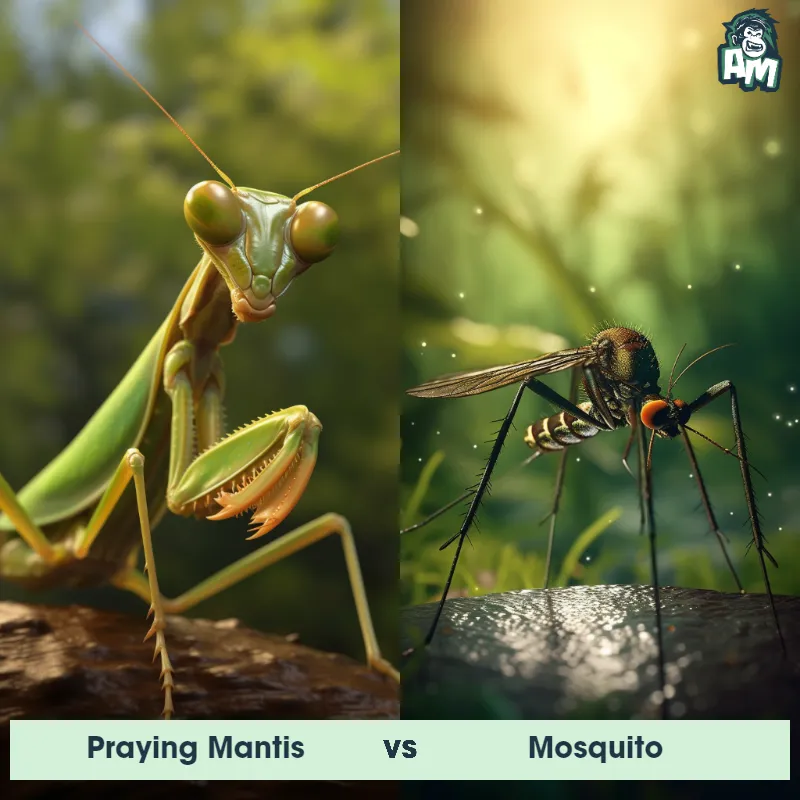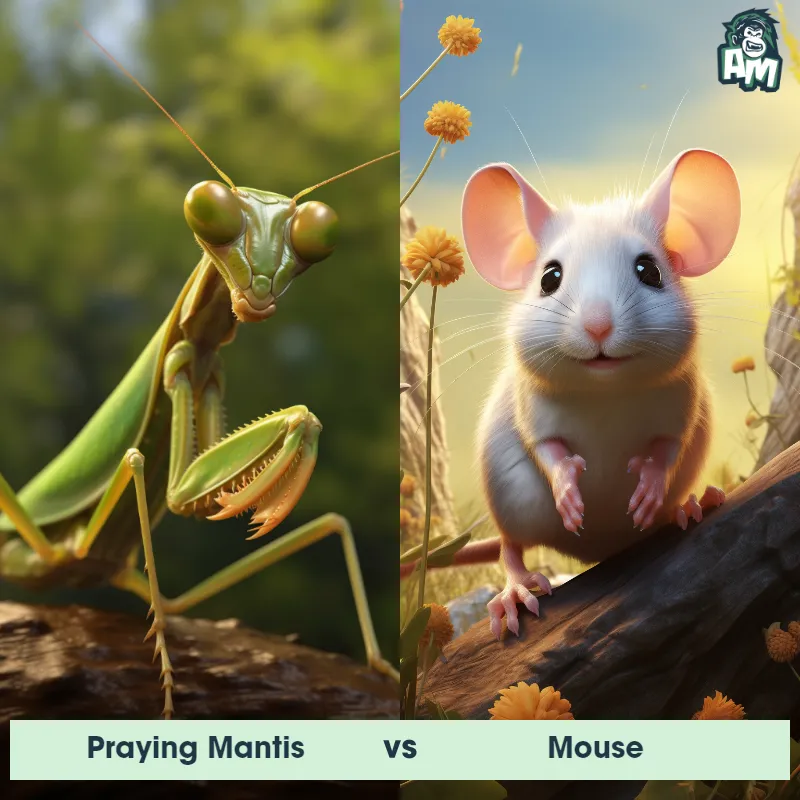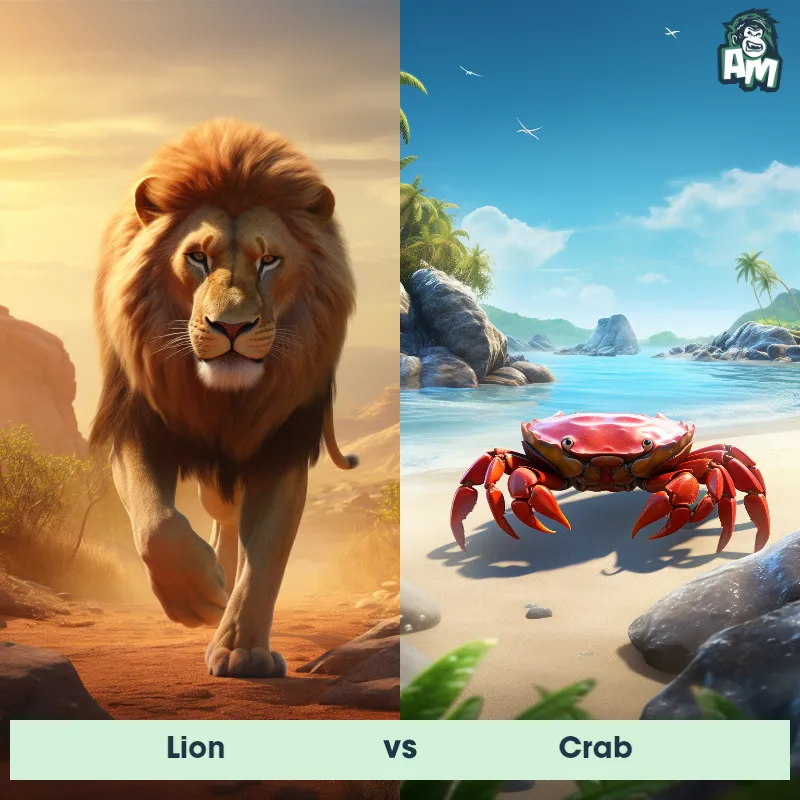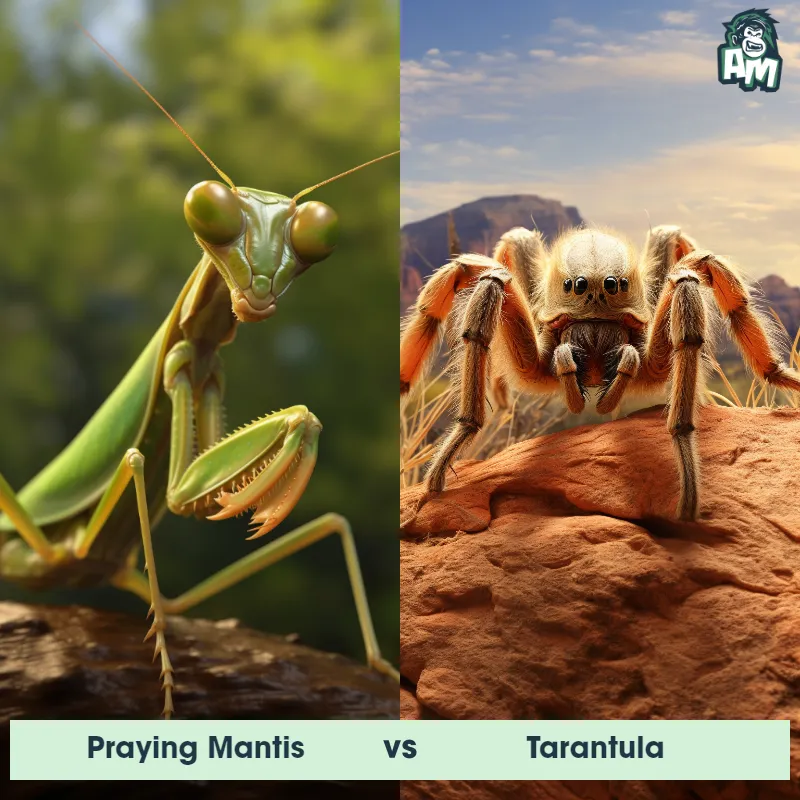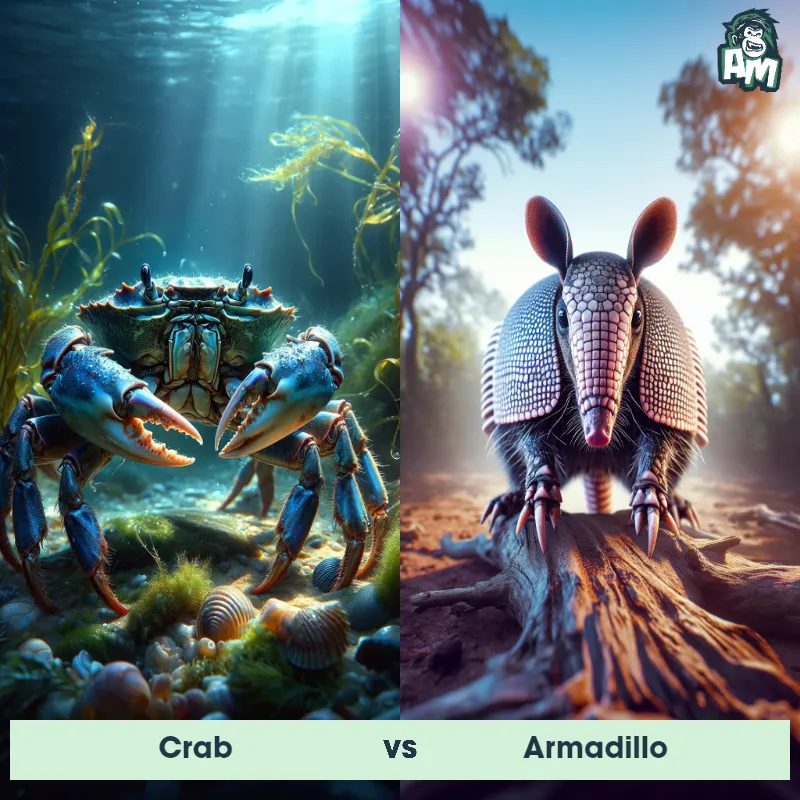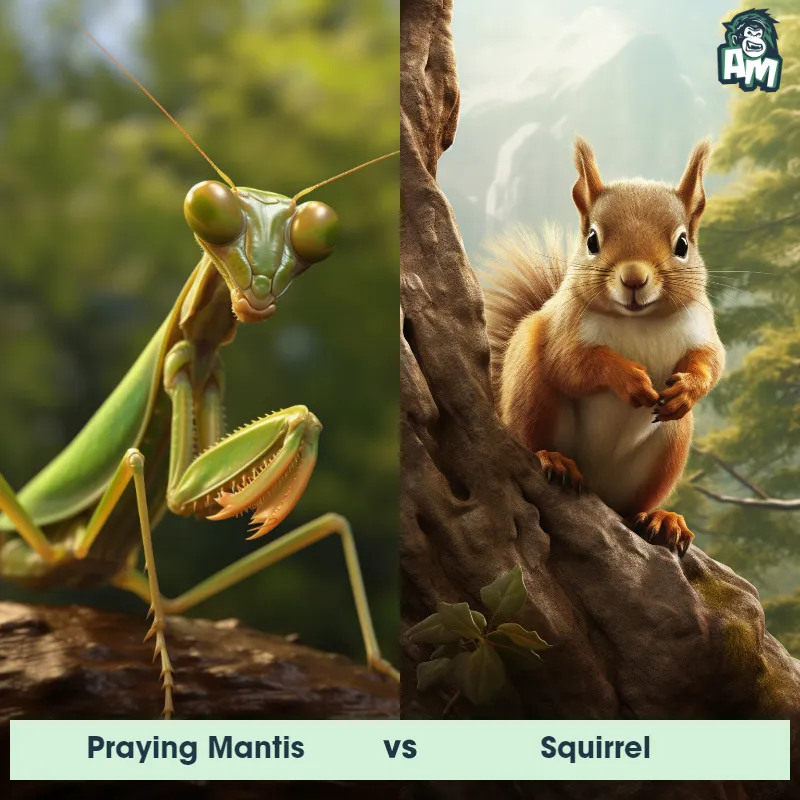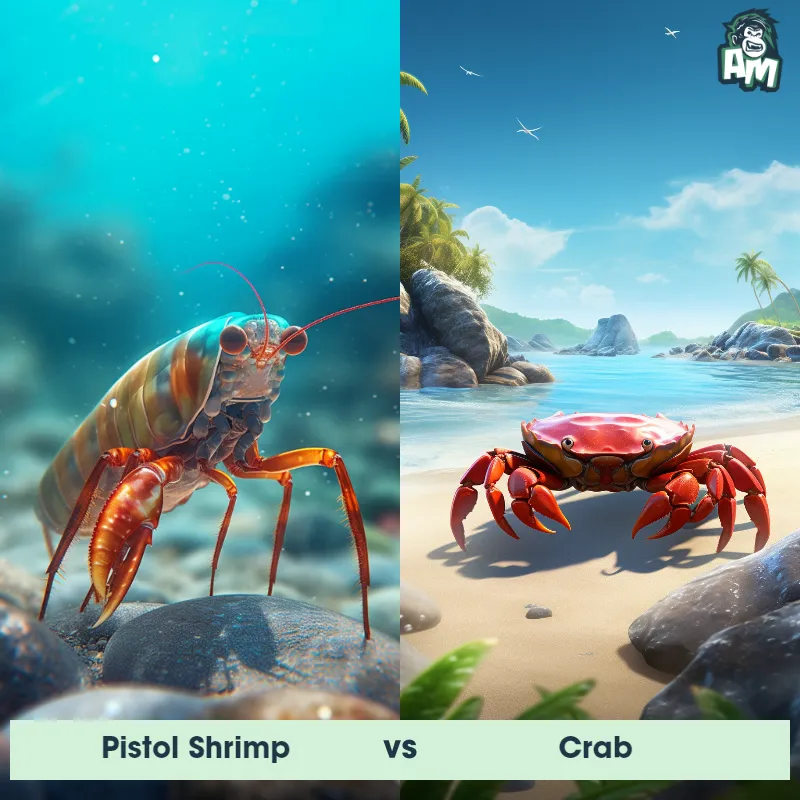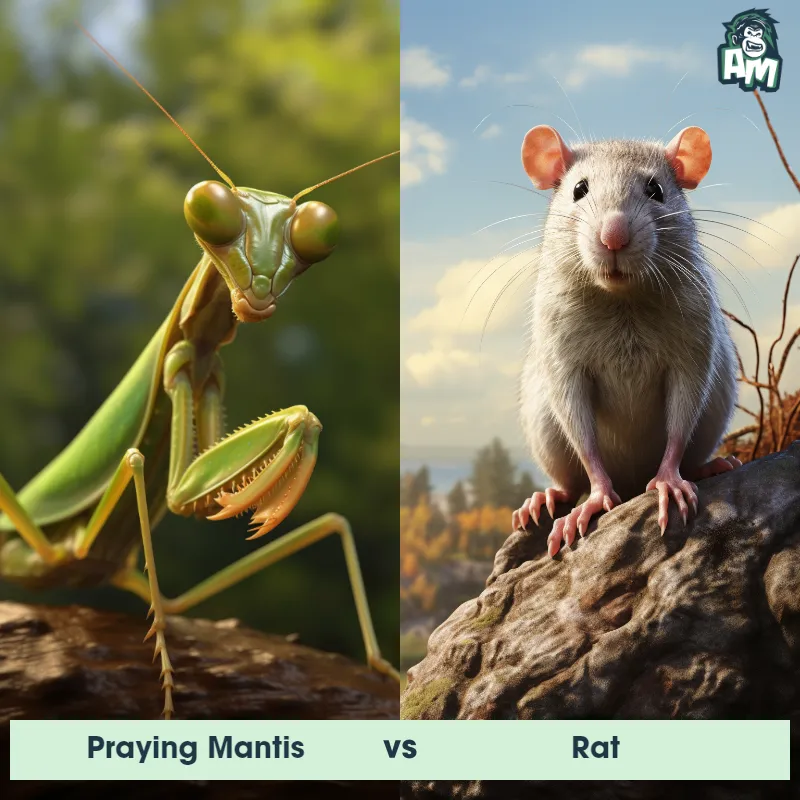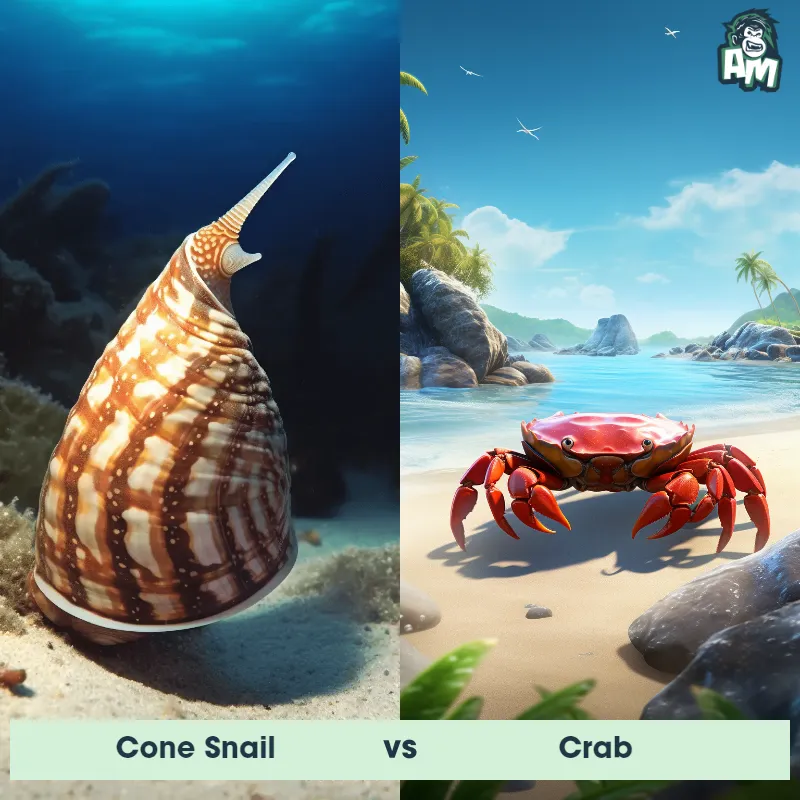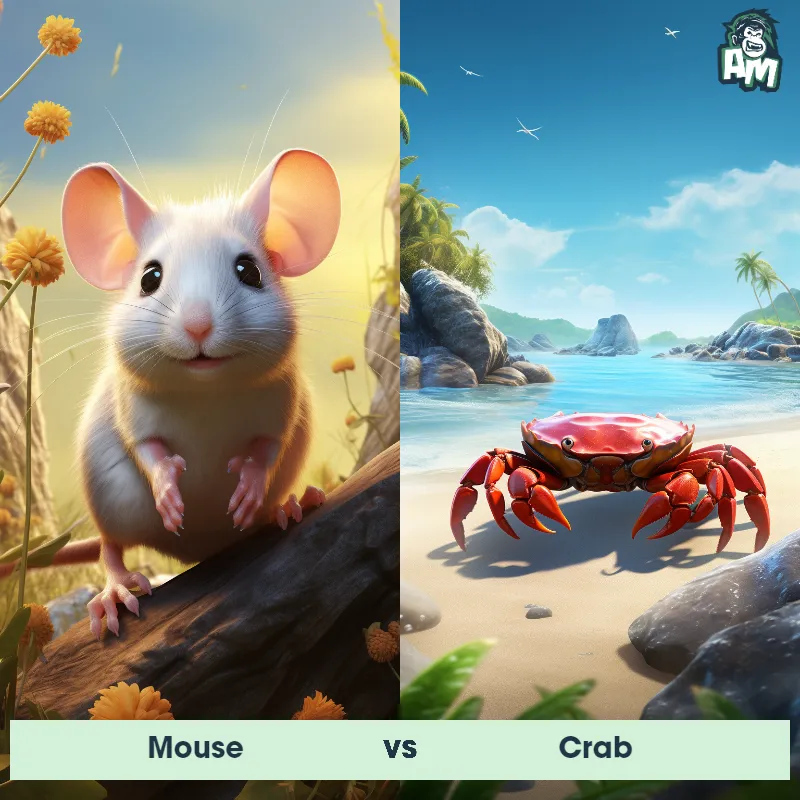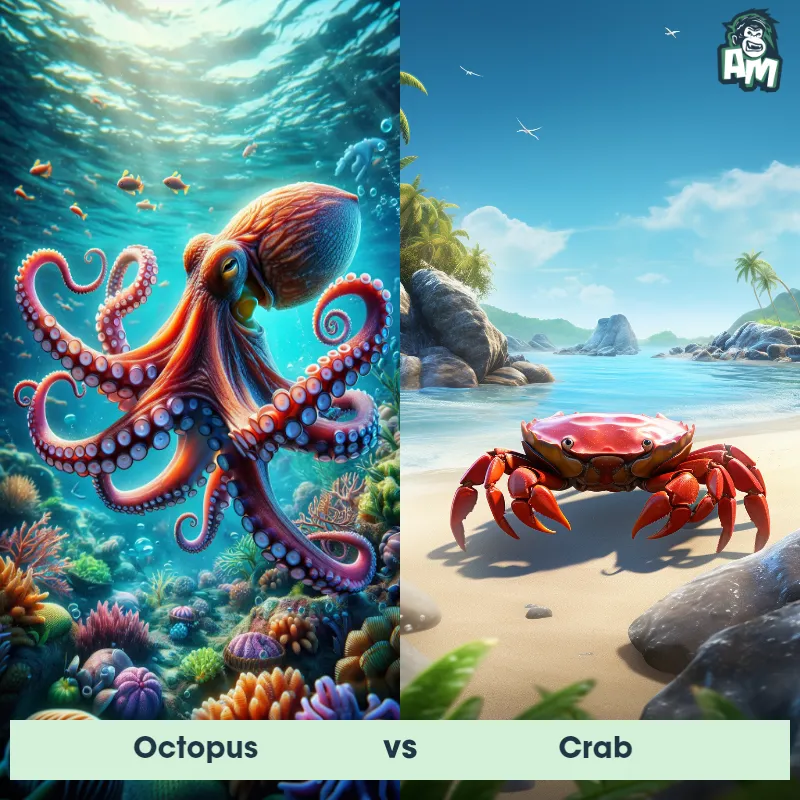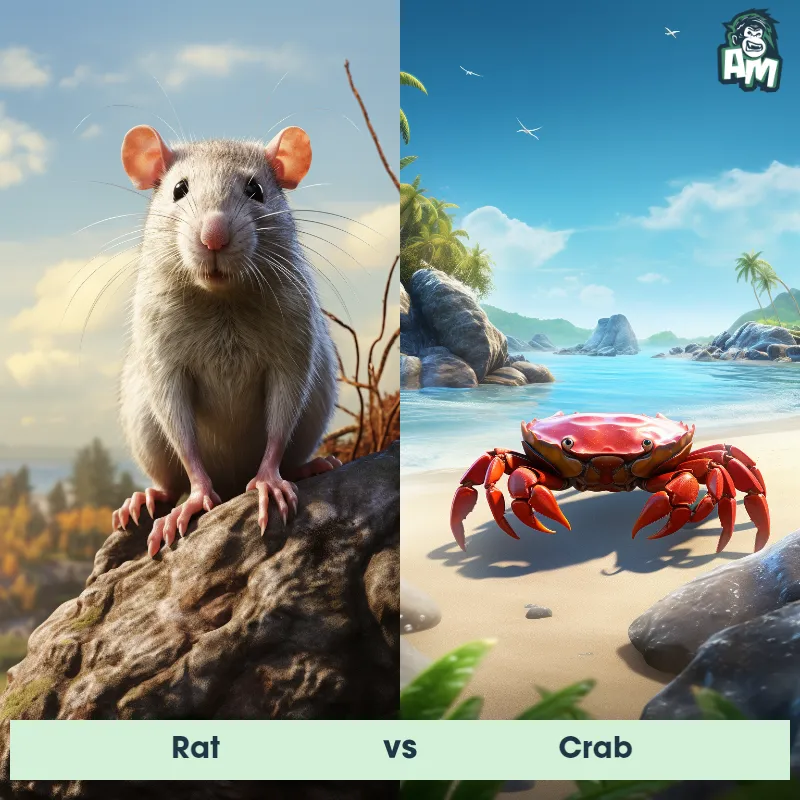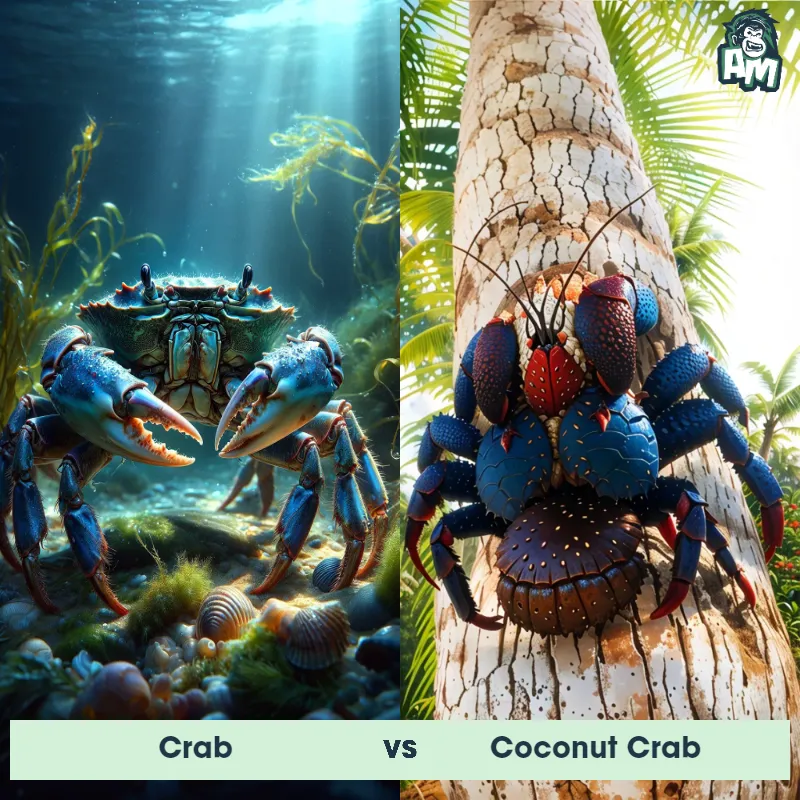Praying Mantis vs CrabSee Who Wins

Good evening, ladies and gentlemen! Welcome to this thrilling matchup between two formidable opponents. Tonight, we have a fascinating showdown in store for you as a Praying Mantis takes on a Crab. Both these creatures are known for their unique attributes, and we're about to witness which one comes out on top in this three-round bout. Let's dive right into the action!
Contender 1: Praying Mantis
The Praying Mantis is a fascinating insect known for its unique appearance and predatory behavior. With elongated bodies and large, triangular heads, these insects are easily recognizable. They have two large, compound eyes and three small simple eyes, which allow them to see in multiple directions at once. Their front legs are modified into powerful grasping appendages, which they use to catch and hold their prey. Praying Mantises are also known for their ability to camouflage themselves, blending in with their surroundings to avoid detection.
Fun Fact: Praying Mantises are known for their cannibalistic behavior, with females often eating their male partners after mating.
Contender 2: Crab
Crabs are decapod crustaceans known for their characteristic thick exoskeleton and a pair of robust claws. They vary in size from the tiny pea crab, a few millimeters wide, to the giant Japanese spider crab, with a leg span of up to 4 meters. Crabs are typically found in the ocean, but some species are also found in freshwater or on land. Notably, crabs are known for their sideways walking, a motion that distinguishes them from other crustaceans.
Fun Fact: Crabs communicate with each other by drumming or waving their pincers, which is not just a sign of aggression, but can also be a part of their mating rituals.
Matchup Stats
| Praying Mantis | Crab | |
|---|---|---|
| Size | 2-5 inches (5-13 cm) | Varies from a few millimeters to 13 feet (4 meters) leg span |
| Weight | 0.1-0.6 ounces (3-18 grams) | Varies greatly, up to 44 lbs (20 kg) for the largest species |
| Speed | Speed: 1.5 mph (2.4 km/hr) | 11 mph (18 km/h) |
| Key Strength | Powerful grasping front legs | Robust claws |
| Biggest Weakness | Vulnerable to being flipped onto their backs | Vulnerable when molting |
Current Votes
Praying Mantis vs Crab
See Who Wins
View More Matches
Looking For More?
Similar Matches
Scientific Stats
| Praying Mantis | Crab | |
|---|---|---|
| Scientific Name | Mantodea | Brachyura |
| Family | Mantidae | Decapoda |
| Habitat | Terrestrial | Ocean, Freshwater, Land |
| Geography | Worldwide | Worldwide |
| Diet | Insects, spiders, and other small animals | Omnivores, eat algae, mollusks, bacteria, fungi, and small fish |
| Lifespan | 6 months - 1 year | 1 year - 100 years |
Key Differences between Praying Mantis and Crab
- Shape: The Praying Mantis has a slender and elongated body with a distinct triangular head, whereas the Crab has a broad and flat body, usually wider than it is long, with a hard exoskeleton.
- Size: The Praying Mantis is typically smaller in size, ranging between 1-3 inches in length, while the Crab can vary significantly in size, with species ranging from a few millimeters to over 12 inches in width.
- Appendages: The Praying Mantis has long, slender forelimbs adapted for grasping prey, resembling praying hands, while the Crab possesses a pair of pincer-like claws, or chelipeds, on its front-most limbs.
- Coloration: Praying Mantises commonly display shades of green, brown, or even pink, providing camouflage in their surroundings, while Crabs exhibit a wide range of colors and patterns, often developed for camouflage or species-specific displays.
- Habitat: Praying Mantises are found in a variety of terrestrial habitats, such as forests, gardens, and grasslands, while Crabs are primarily associated with marine or freshwater environments, residing in oceans, rivers, lakes, or even underground burrows near water sources.
- Locomotion: The Praying Mantis is primarily a terrestrial insect and moves by walking or jumping, while the Crab is predominantly aquatic and gets around using walking legs, swimming appendages, or even by scuttling sideways.



